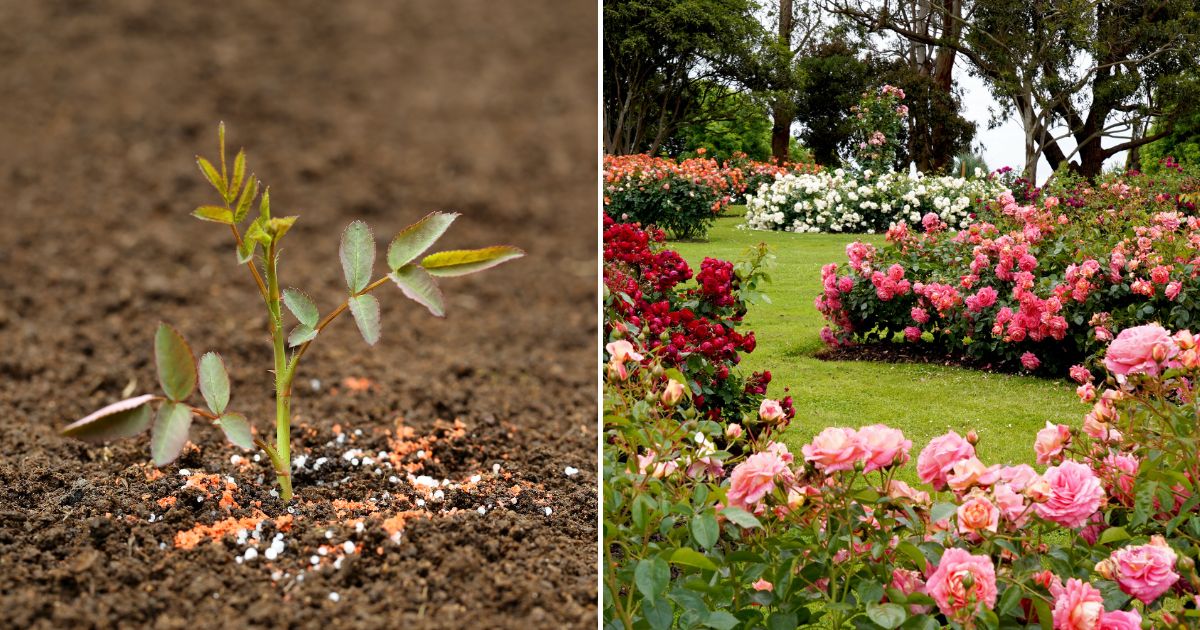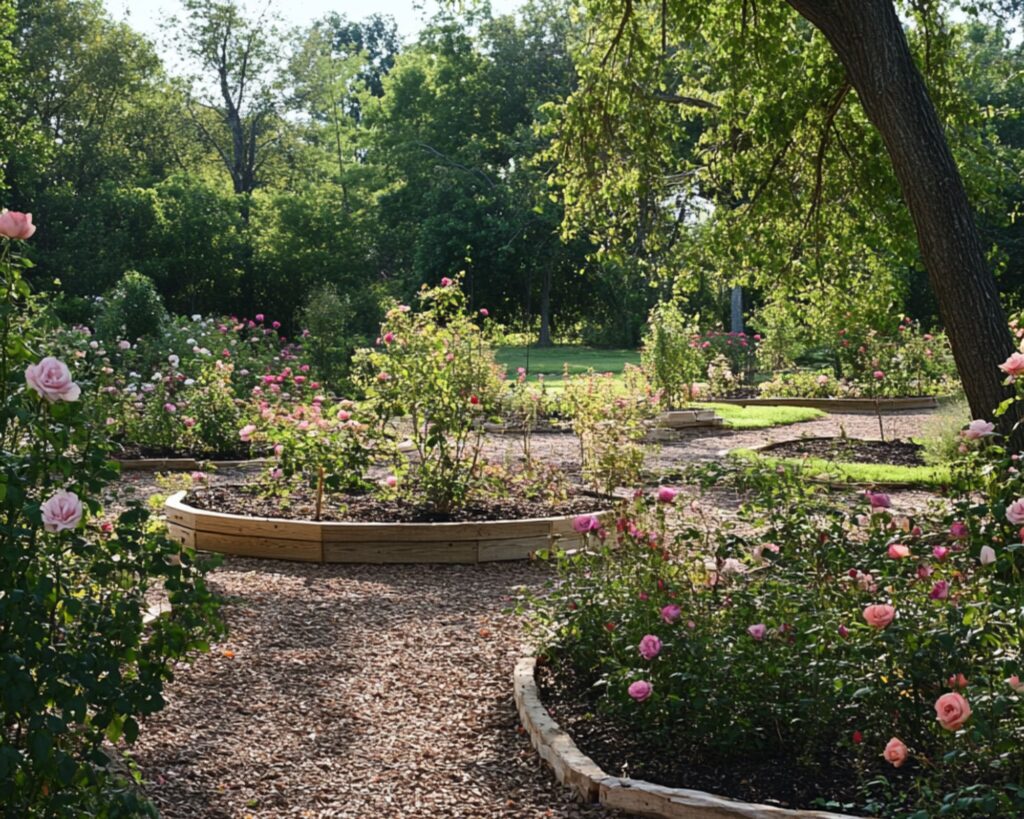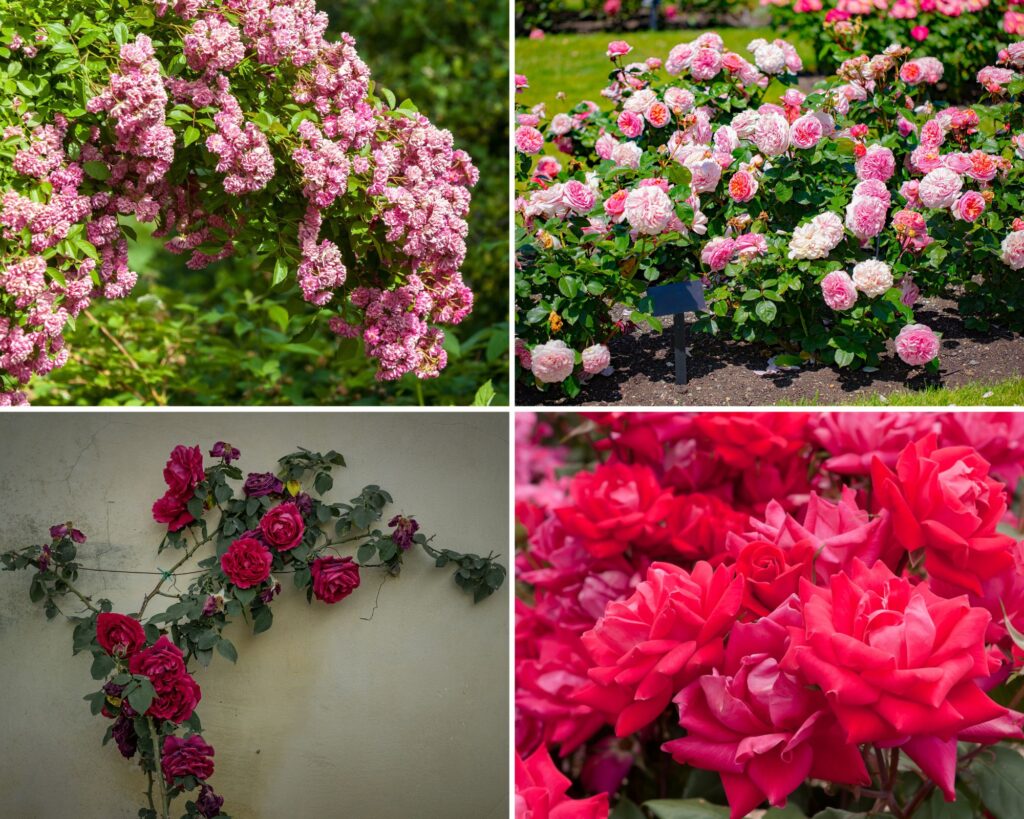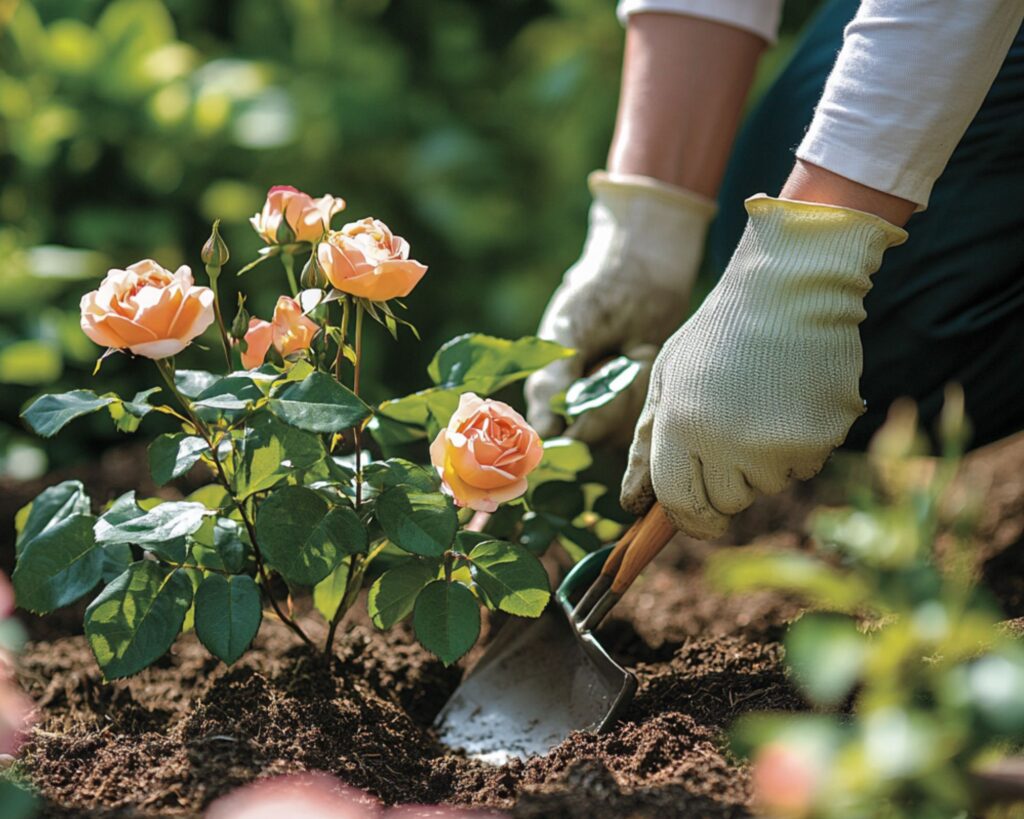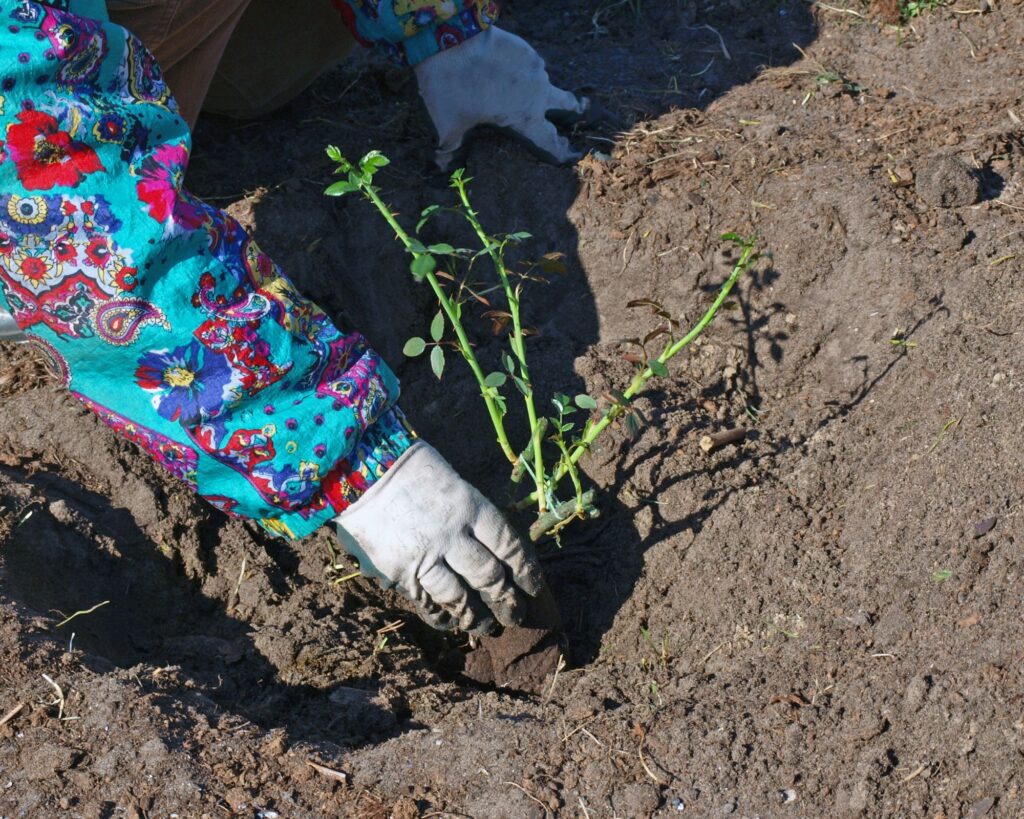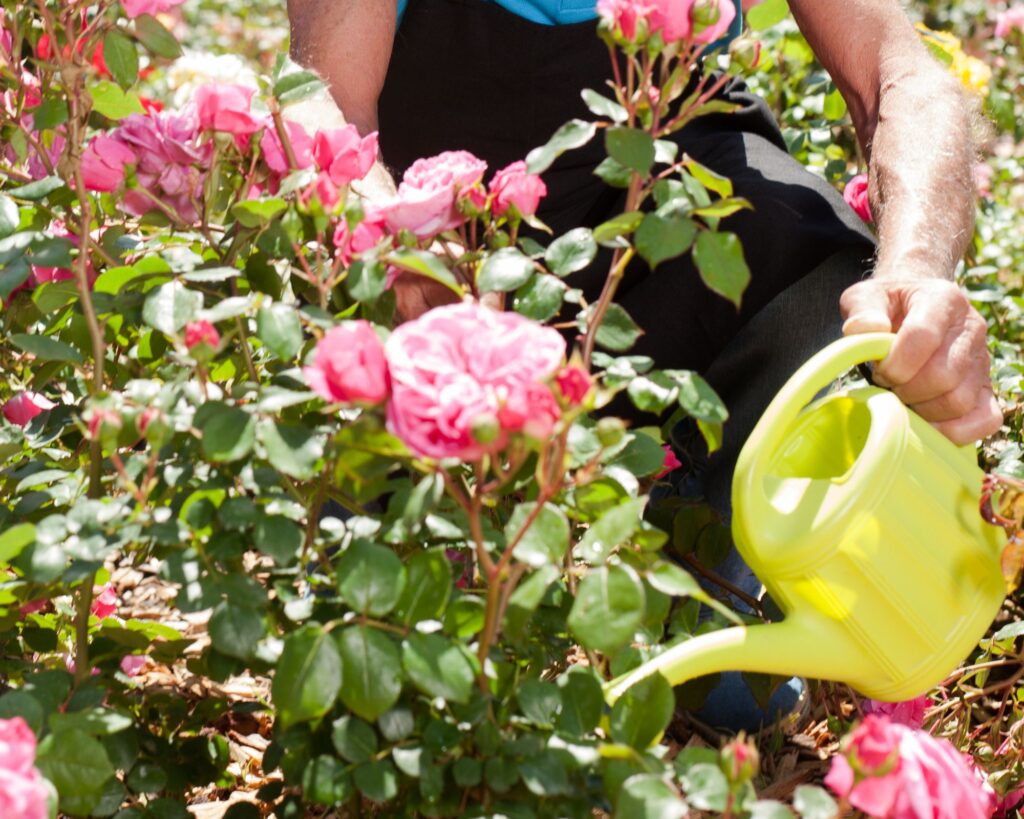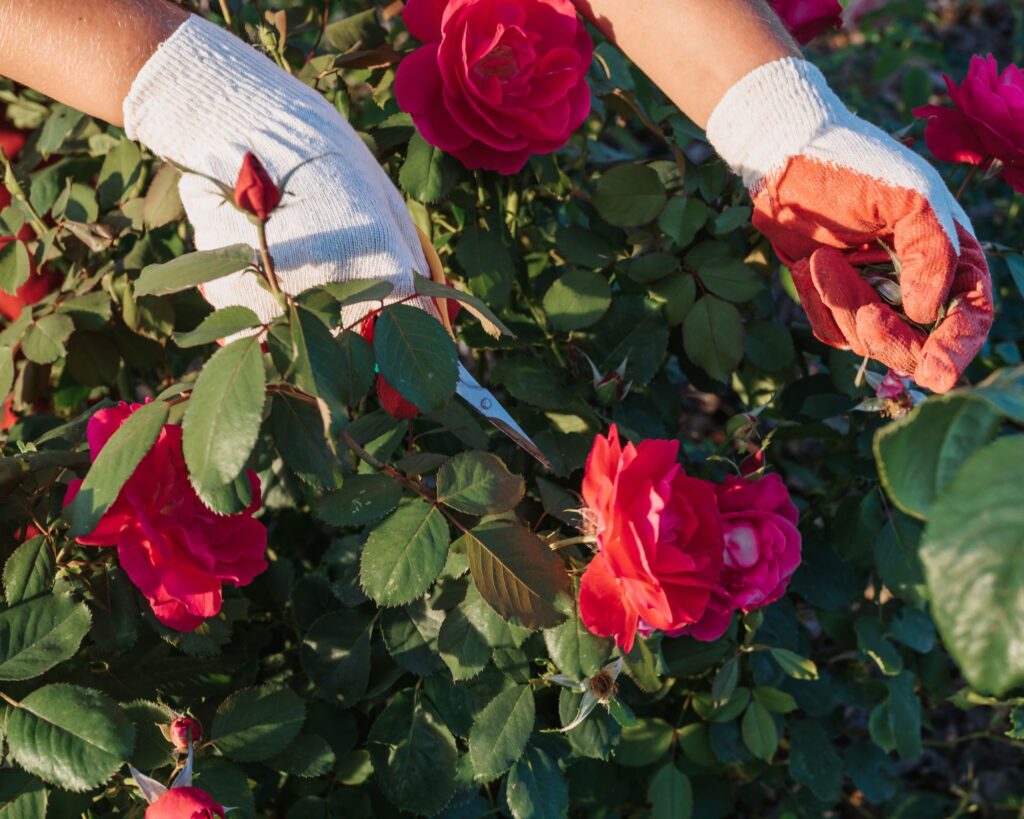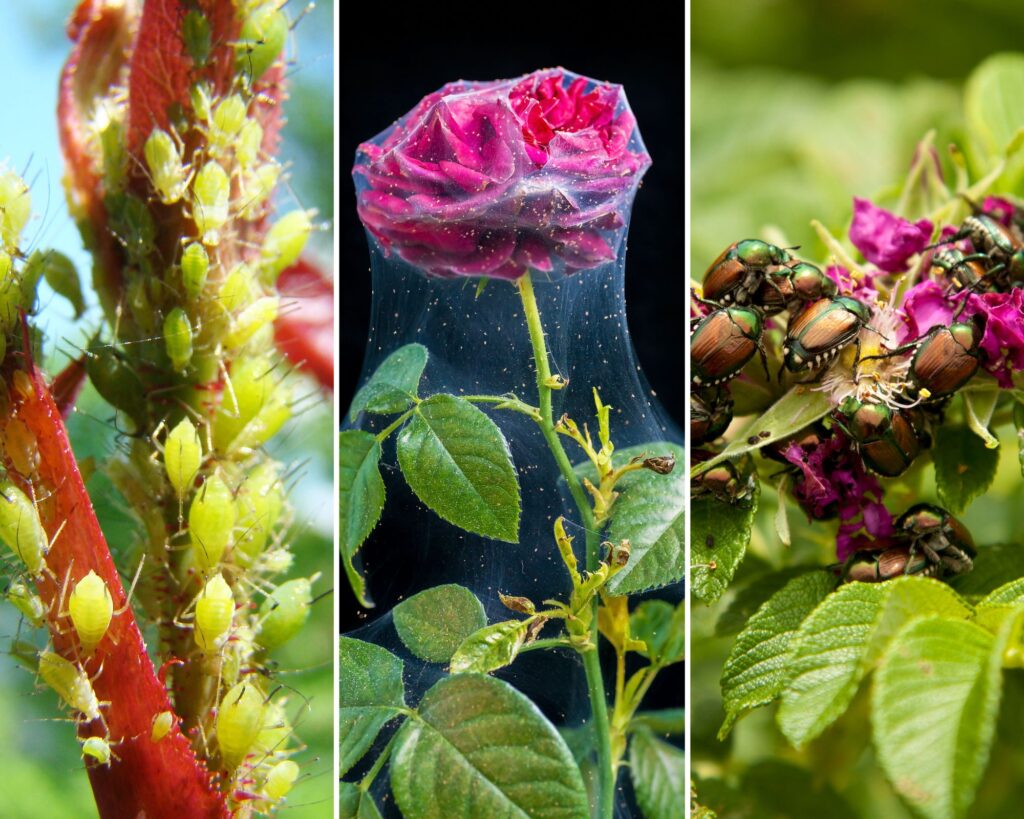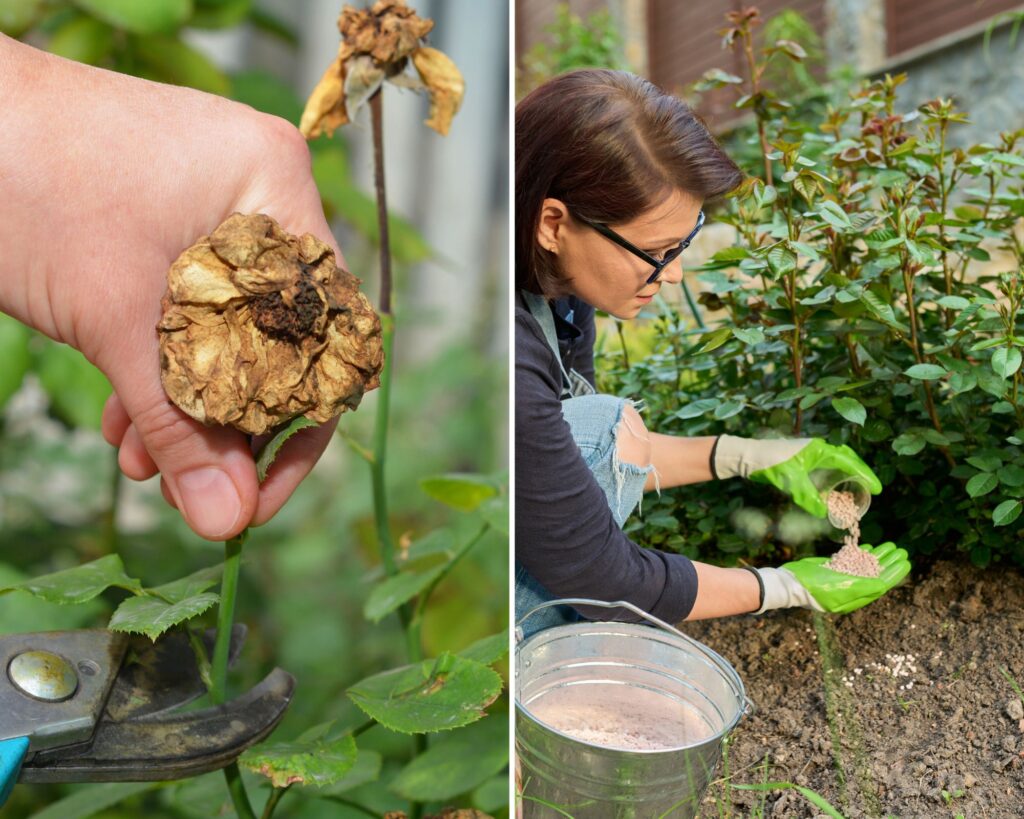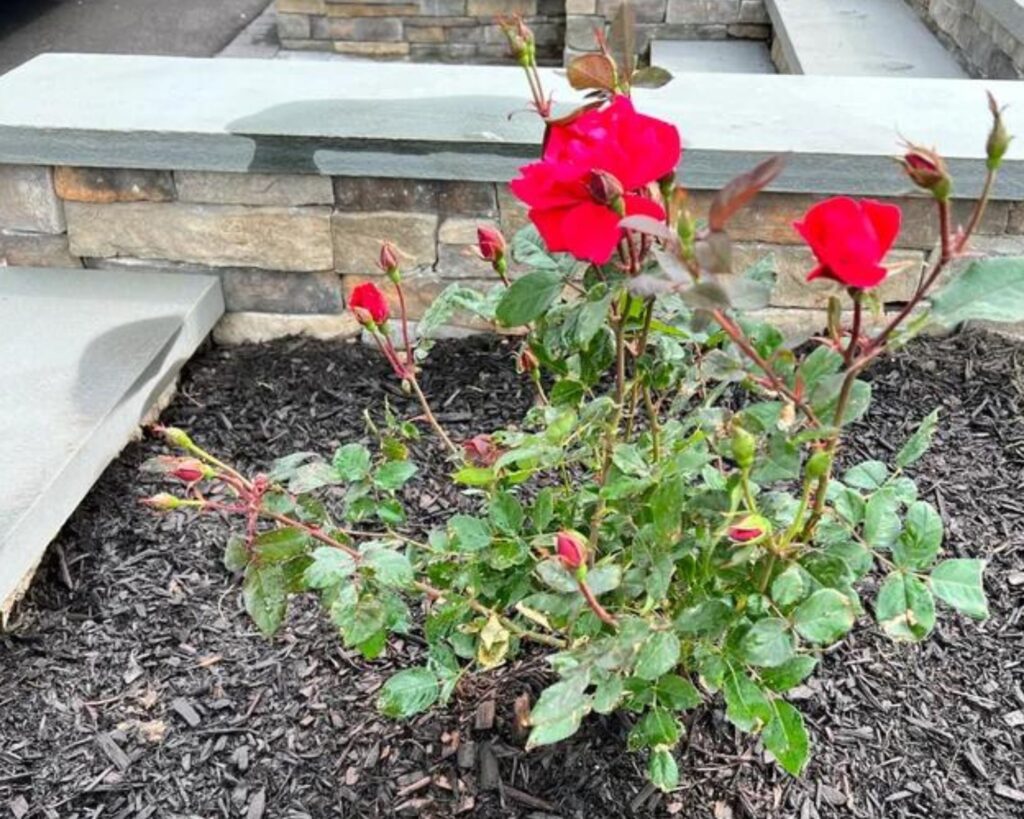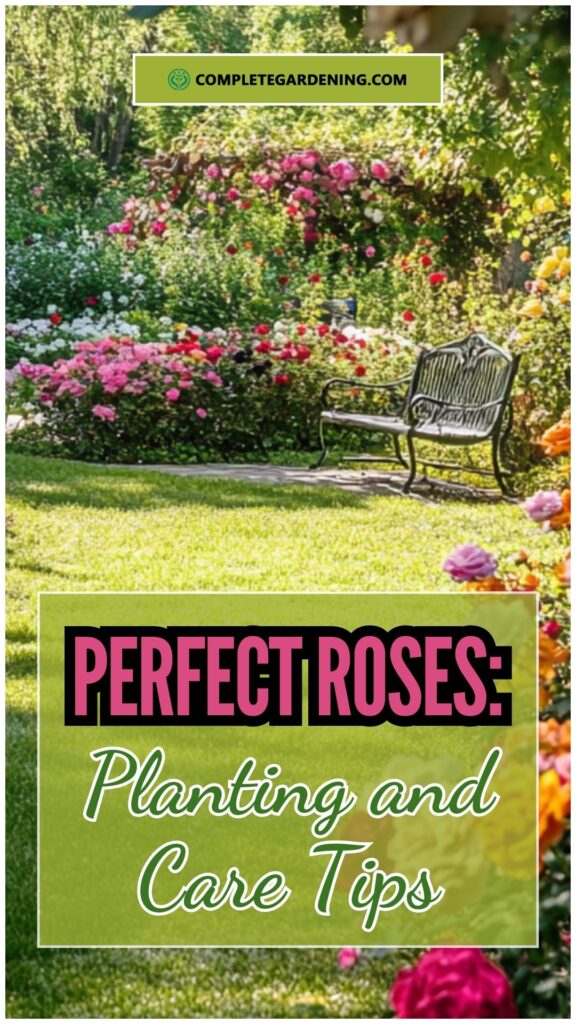Creating a rose garden is more than a project – it’s the path to a stunning backyard oasis. With the right planting, pruning, and care, you can enjoy vibrant roses all season long.
This guide covers essential tips on soil, sunlight, watering, and pruning to help your roses thrive, along with key insights on fertilization, pest control, and maintenance for lasting blooms. Perfect for gardeners of all levels!
Choosing a Location
Selecting the right location is crucial for a rose garden. Roses thrive in full sun, requiring at least 6-8 hours of direct sunlight daily.
Soil drainage is another important aspect. A well-drained site prevents water accumulation, which can lead to root rot.
Consider proximity to other plants. Ensure roses have enough space for airflow, reducing the risk of fungal diseases. Additionally, shelter from harsh winds can protect delicate blooms and stems.
Selecting Rose Varieties
Choosing suitable rose varieties enhances the garden’s appeal and ensures successful growth. Factors to consider include climate, disease resistance, and flowering time.
Local climate plays a significant role. Hybrid teas, floribundas, and climbers are popular choices in various regions. Research which types adapt best to specific environmental conditions.
Another consideration is disease resistance. Opt for varieties known for their strength, such as “Knock Out” roses, which are resistant to common issues. This selection helps reduce maintenance and prolonged health for each plant.
Planning Garden Layout
A well-planned layout maximizes visual impact and accessibility. Begin by sketching based on the garden’s dimensions.
Height and spacing are crucial factors. Place taller varieties at the back or center of beds, with shorter varieties towards the front. Maintain proper spacing between plants for adequate airflow and growth.
Consider pathways and accessibility for maintenance tasks. Curved paths can create a flowing design, while straight lines provide a more formal appearance. Adding focal points like trellises or benches can enhance the overall aesthetic.
Preparing the Garden Bed
Preparing an ideal garden bed is key to healthy roses. Focus on soil preparation by testing pH levels (6.0-6.8) and enriching with organic matter like compost and manure.
Ensure good drainage by using raised beds or a slight slope. Drip irrigation or soaker hoses help prevent waterlogged roots and reduce disease risk.
Compost boosts soil nutrients, while slow-release fertilizers or organic options like bone meal ensure steady growth. Regular monitoring of moisture and feeding every 6-8 weeks will keep your roses thriving.
Best Planting Times
The ideal time to plant roses varies by climate. Generally, spring and fall are the most suitable seasons.
- Spring Planting: Mid to late spring is perfect for most regions. Soil temperatures should reach at least 60°F (15°C) for optimal growth.
- Fall Planting: In milder climates, late summer to early fall is effective. This allows roots to establish before winter sets in.
Timing also depends on the rose variety. Hybrid teas prefer spring, while some climbing roses might thrive better when planted in the fall.
Planting Techniques
Correct planting techniques enhance growth and health. Follow these steps for effective planting:
- Choose the Right Location: Select a site that receives at least 6-8 hours of sunlight daily. Ensure the soil is well-drained and rich in organic matter.
- Prepare the Soil: Loosen the soil to a depth of 12-15 inches. Incorporate compost or well-rotted manure to improve nutrients and drainage.
- Digging the Hole: Dig a hole twice the width of the root ball and deep enough to accommodate it without bending the roots.
- Positioning the Rose: Place the rose bush in the center of the hole. Ensure that the graft union (swelling on the stem) is slightly above ground level.
- Backfill and Water: Fill the hole with soil, gently firming it around the roots. Water thoroughly to eliminate air pockets.
Watering Requirements
Proper watering is crucial after planting roses. The initial watering sets the foundation for strong growth.
- First Few Weeks: Water deeply at least twice a week. Ensure the soil is moist but not waterlogged.
- Established Plants: Once established, roses typically need about 1 inch of water per week, including rainfall. Adjust frequency during hot or dry spells.
- Best Practices: Water in the early morning to reduce evaporation. Use mulch around the base to retain moisture and regulate soil temperature.
Following these guidelines will promote healthy growth and vibrant blooms.
Pruning Basics
Pruning is crucial for healthy rose growth, promoting blooms and air circulation. Key practices include cutting stems at a 45-degree angle and removing dead or diseased wood.
Early spring is the best time to prune, cutting back one-third of last year’s growth. In summer, deadheading spent flowers encourages continuous blooming, while light fall pruning removes damaged wood.
Avoid winter pruning to prevent cold damage, and always tailor pruning techniques to the specific rose variety.
Tools and Equipment
Using the right tools is crucial for effective pruning. A pair of sharp bypass pruners is generally the best option for clean cuts, minimizing damage to healthy stems. For thicker branches, loppers offer more leverage and power.
Safety gloves protect from thorns, while pruning saws can be handy for larger limbs. Sanitizing tools before use can prevent the spread of disease. Keep tools clean and well-maintained to ensure their effectiveness.
Storing tools in a dry place prolongs their lifespan. Familiarity with each tool’s purpose enhances the pruning process, promoting successful rose garden management.
Pest and Disease Management
Effective pest control is critical for maintaining roses. Common pests include aphids, spider mites, and Japanese beetles. Regularly inspect the foliage and buds for any signs of infestation.
Management methods:
- Insecticidal soap: Target aphids and mites directly.
- Neem oil: Use for various insects and fungal issues.
Fungus diseases like powdery mildew and black spot can affect roses. Employ strategies such as:
- Good air circulation: Space plants correctly.
- Fungicides: Apply at the first sign of infection.
Seasonal Maintenance
Seasonal tasks help keep roses thriving year-round. In the spring, focus on pruning to remove dead or damaged wood. This encourages new growth and better airflow.
During summer, regular watering is crucial. Roses benefit from deep, infrequent watering, typically about 1-2 inches per week.
In the fall, prepare for dormancy by:
- Deadheading: Remove spent blooms to encourage a final flush of flowers.
- Fertilizing: Use a balanced fertilizer to strengthen root systems before winter.
Mulching and Winter Protection
Mulching serves multiple purposes in rose care. A 2-3 inch layer of organic mulch, like straw, wood chips, or bark, aids in moisture retention and temperature regulation.
As winter approaches, begin preparing roses for harsher conditions. Apply mulch around the base to insulate roots.
For more susceptible varieties, consider using:
- Rose cones: Provide additional protection from severe cold.
- Fabric wraps: Shield against wind and frost damage.
The combination of these practices ensures roses remain healthy and productive throughout the seasons.
Creating a rose garden is a deeply rewarding endeavor that requires attention to detail in planting, pruning, and ongoing care.
By selecting the right location and rose varieties, preparing the soil, and implementing proper planting techniques, gardeners can establish a strong foundation for their rose garden.
Regular pruning and seasonal maintenance are essential to promoting healthy growth and abundant blooms, while effective pest and disease management ensure the longevity and beauty of the roses.
With thoughtful planning and dedicated care, a rose garden can become a stunning and cherished feature of any outdoor space, offering both aesthetic pleasure and a sense of personal accomplishment.
